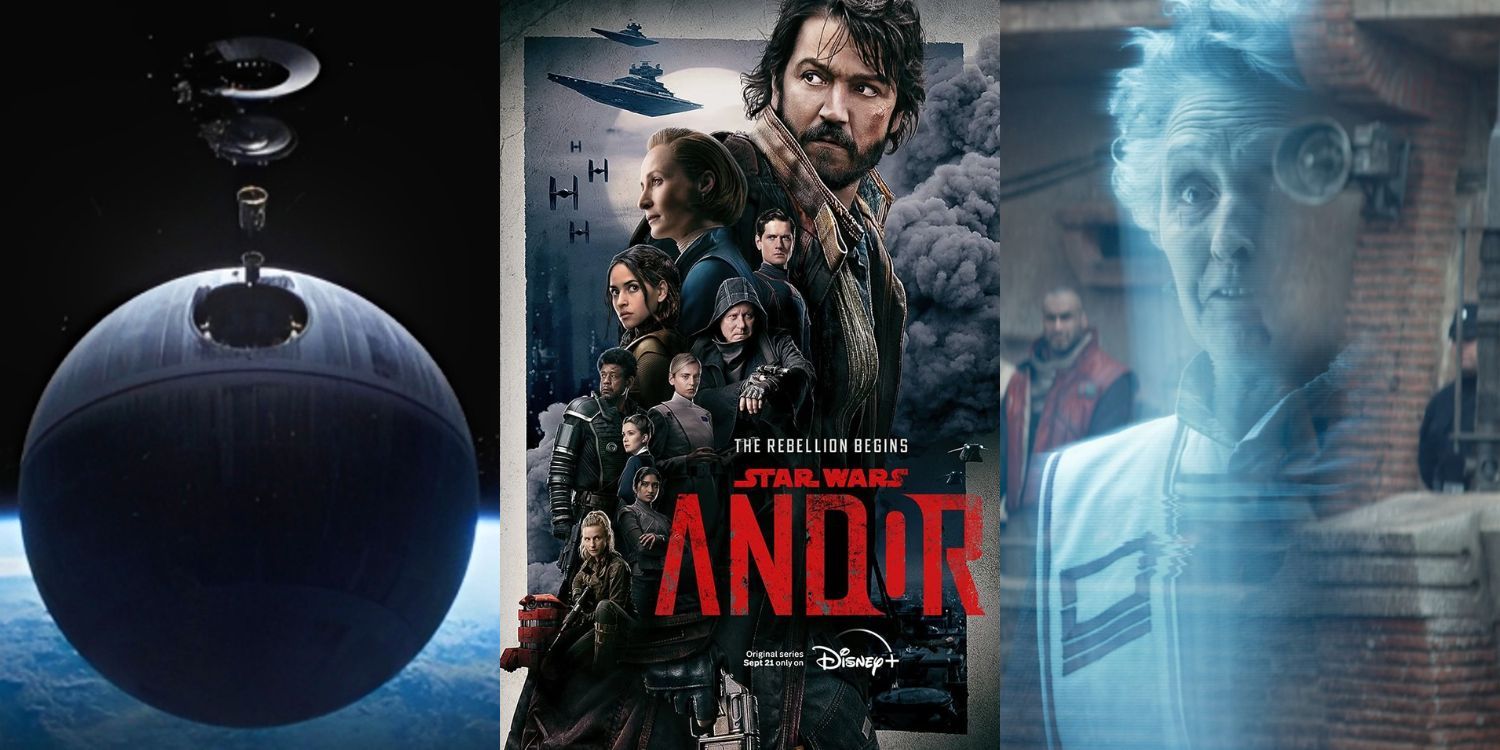After a slow start for many a Star Wars fans, by season’s end, Andor definitively clinched the title of best Star Wars tv show and arguably one of the best tv shows of the year overall. It did this without any of the classic pitfalls of franchise storytelling – what some would call “fan service” – such as unnecessary cameos or excessive references. There’s naught an acknowledgment even of the Jedi or lightsabers throughout season one, yet it still feels so in tune with Star Wars at its best.
As such, it has fans eager for season two, which is already commencing with filming with hopes for a 2024 release. From deeply personal character motivations to various plot sequences, season one of Andor helps make Rogue One: A Star Wars Story feel even more poignant and enhances the overall narrative of the Skywalker Saga.
The Building Of The Death Star
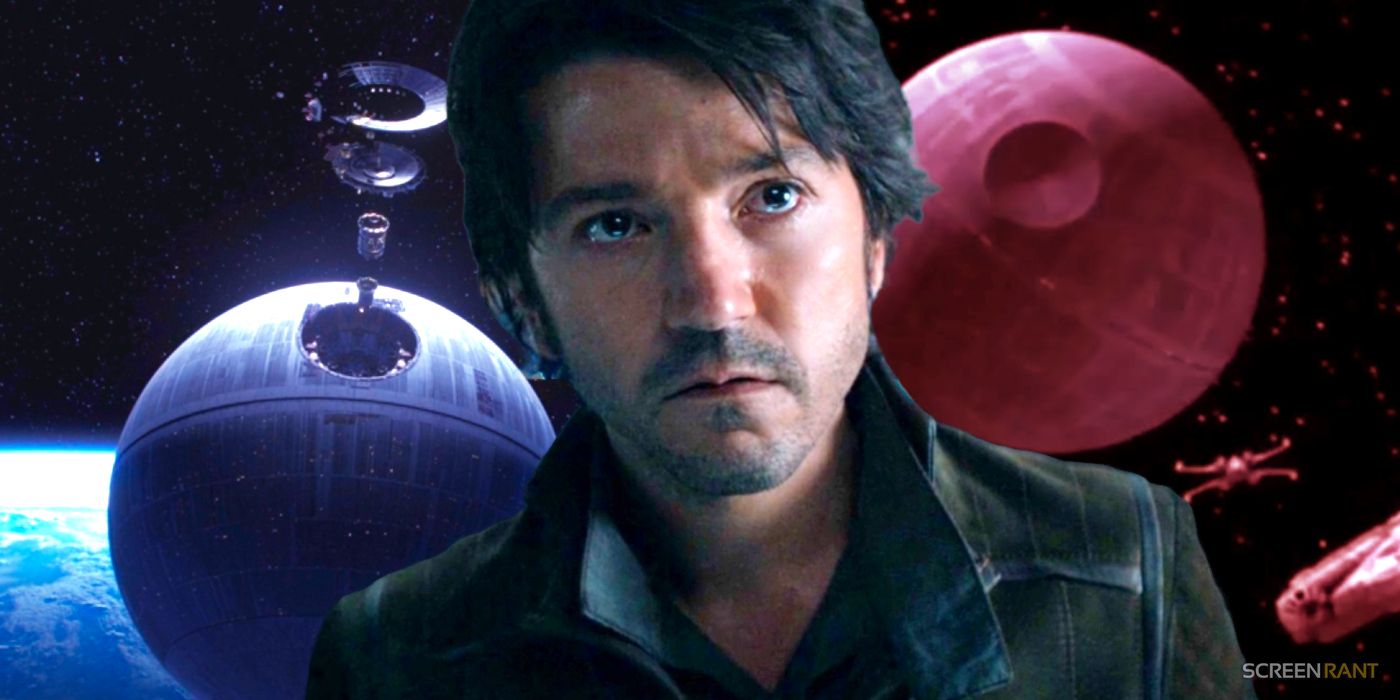
The most pertinent moment that expands the story of the Skywalker Saga comes at the very end of season one of Andor. In the post-credits stinger, audiences are given a definitive answer as to what Cassian, Kino, and the rest of the prisoners on Narkina-5 were building. As many had theorized, their contraptions were indeed components of the Death Star.
Not only does this enhance the understanding as to how horrible the Empire is – using prison and slave labor to create the weapon that could wipe out their worlds – but even more so, specifically for Cassian. He had a hand in creating the Death Star, whether he knows that explicitly or not, and poetically he will sacrifice himself to ensure its destruction. Though his life ends because the Death Star destroys Scarif, he doesn’t die a cog in the Empire’s machine.
Nemik's Manifesto
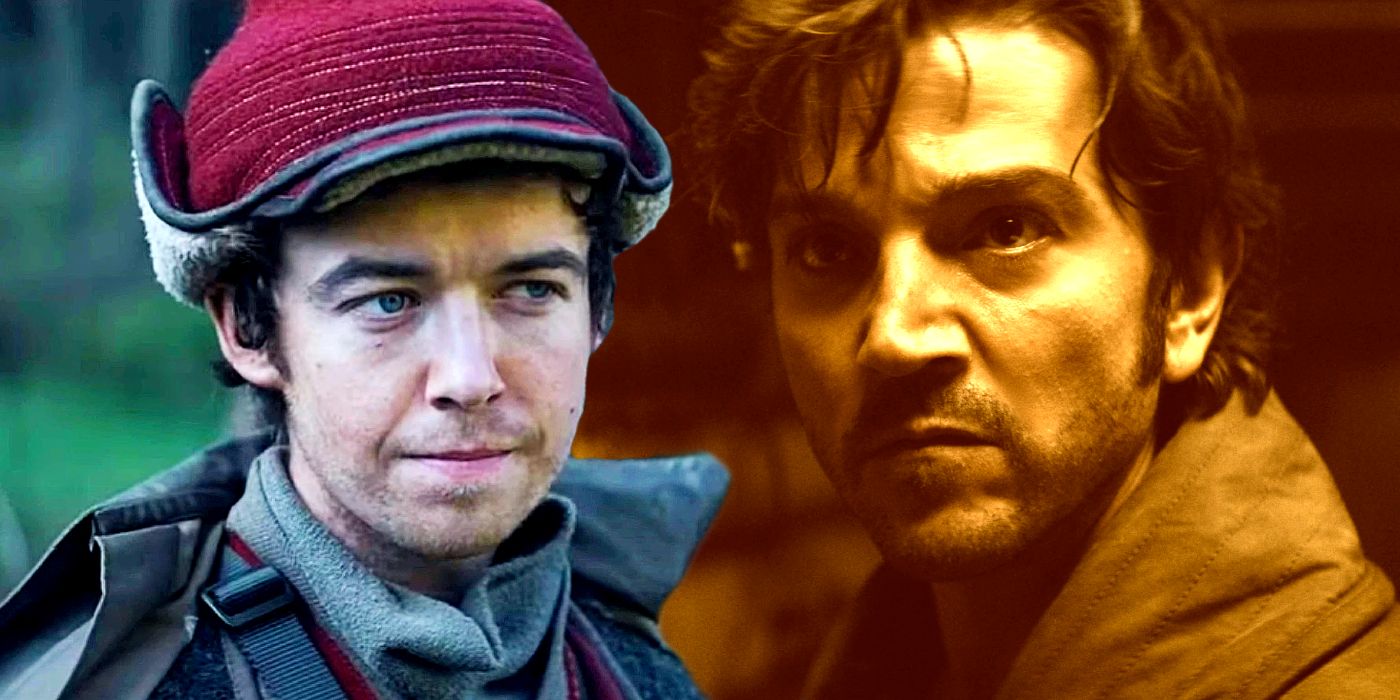
The finale also reveals what Karis Nemik has written as his manifesto, and his inspiring, insightful words illuminate the role and potential for the Rebellion to become what it is five years later in Episode IV: A New Hope. He says, “Random acts of insurrection are occurring constantly throughout the galaxy. There are whole armies, battalions that have no idea they’ve already enlisted in the cause… One single thing will break the siege. Remember this, try.”
The manifesto describes how all over the galaxy, each person has a “one single thing.” For Maarva it was the raid on Aldahni; for Cinta, it was the murder of her parents; and for many more down the line, it will be the destruction of Alderaan or the Death Star that will motivate them to join. This moment enhances the viewers' scope of the Rebellion overall, so on future rewatches of the following stories, they might contemplate each character they see on screen and what their “one single thing” was.
The Spark Of Rebellion
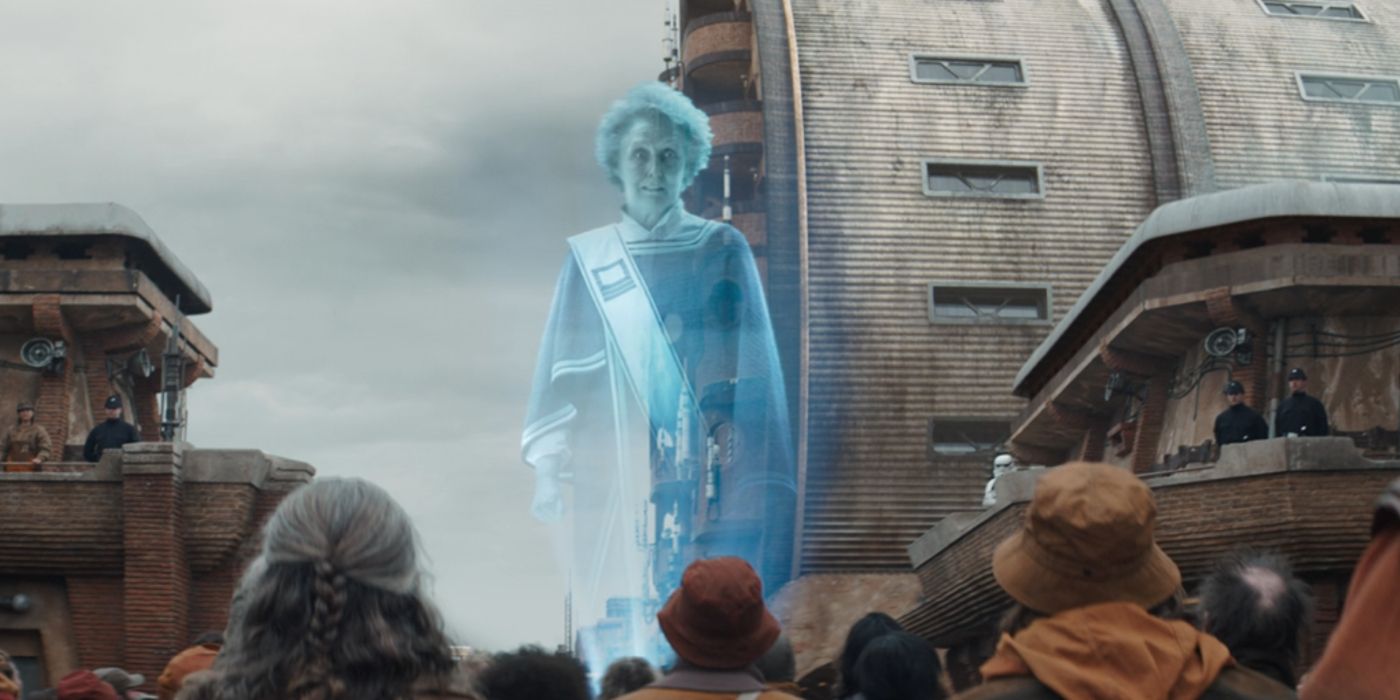
Presumably, the people of Ferrix’s “one single thing” came from Maarva’s epic speech in the finale, where she inspires them to revolt, to wake up and see that the surrounding horrors will never cease unless they do something about it. Importantly, the spark of rebellion has alit. Across the galaxy, there are other cells, including the Ghost Crew and Phoenix Squadron, as shown in Rebels, but they are scattered. This strike at the Empire on Ferrix can be the catalyst to uniting them all as the Rebel Alliance.
This was the spark that’ll light the fire that’ll burn the Empire down, paraphrasing from Poe Dameron in Episode VIII: The Last Jedi. Critically, in the other tv shows or movies, there’s never been an exploration of this definitive moment. In Rebels or A New Hope, the fight’s already begun, which is what makes Maarva’s speech and the subsequent riots stand out as so important.
A Tightened Grip
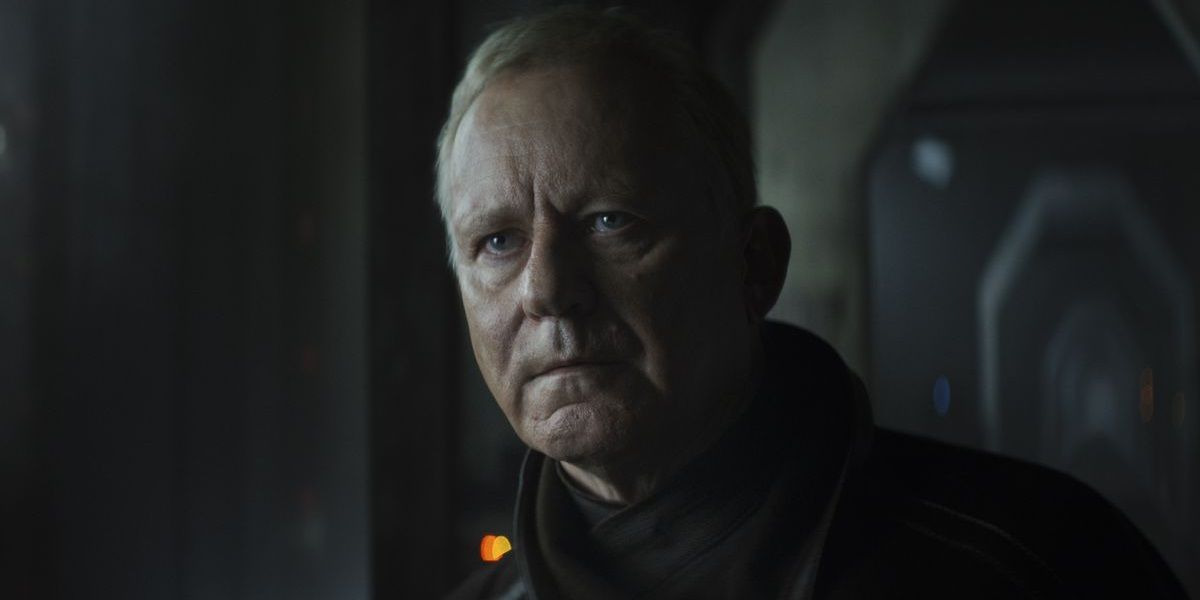
Andor is a treasure-trove of fantastic writing, made all the better by the superb performances. That’s especially the case for Stellan Skarsgård as Luthen Rael, who has many of the best quotes in season one, including his groundbreaking speech to Lonni in episode ten. He is the shining example of the perspective missing from previous Star Wars projects, of someone who would succumb to the darkness to let others see the light in the future.
Overall, though, it was his conversations with Mon Mothma that best illuminated the dark history of the Rebellion. He speaks about forcing the Empire’s hand, pressing them to tighten their grip on the galaxy. That’s a direct parallel to Leia’s interaction with Grand Moff Tarkin in A New Hope – “the more you tighten your grip, Tarkin, the more star systems will slip through your fingers.” Luthen’s words and actions make that line all the more poignant. Without his sacrifices and actions, the Rebellion might never have formed. People might’ve remained complacent or scared.
Climb!
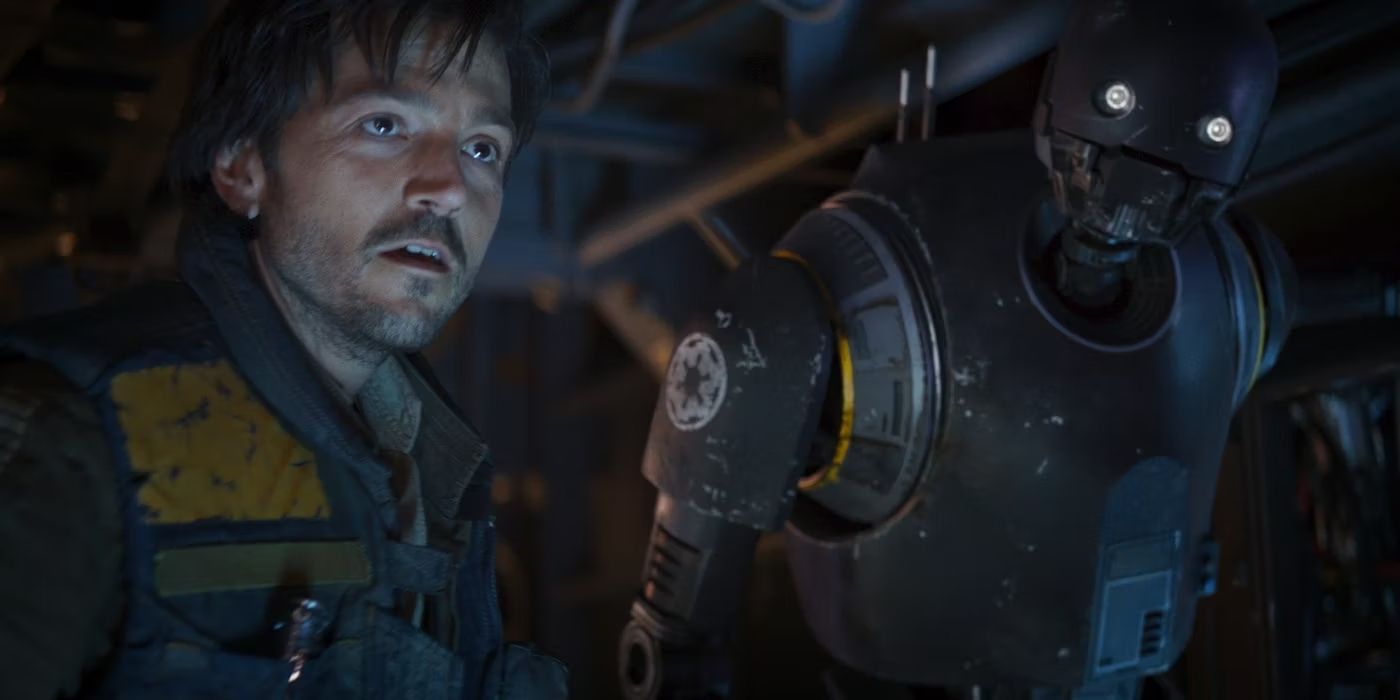
Another common callback in Andor was all the climbing, specifically all the times when someone shouted: “climb.” That’s a reference to K-2SO’s final moments in Rogue One, telling Cassian and Jyn to climb. There are so many moments when characters have to physically climb to keep going, whether it’s the gang escaping Aldahni following the heist or the prisoners on Narkina-5 climbing to escape their cell during the prison break.
However, “climb” has a very powerful metaphorical meaning too, and one that also relates to the motif of lifting to gain perspective within the season. Maarva, in her final speeches, wishes to lift the people of Ferrix up. The Empire keeps people down, both physically and spiritually, so the only way to go forward is by going up. The “one way out” is the climb.
Mon Mothma's Transformation
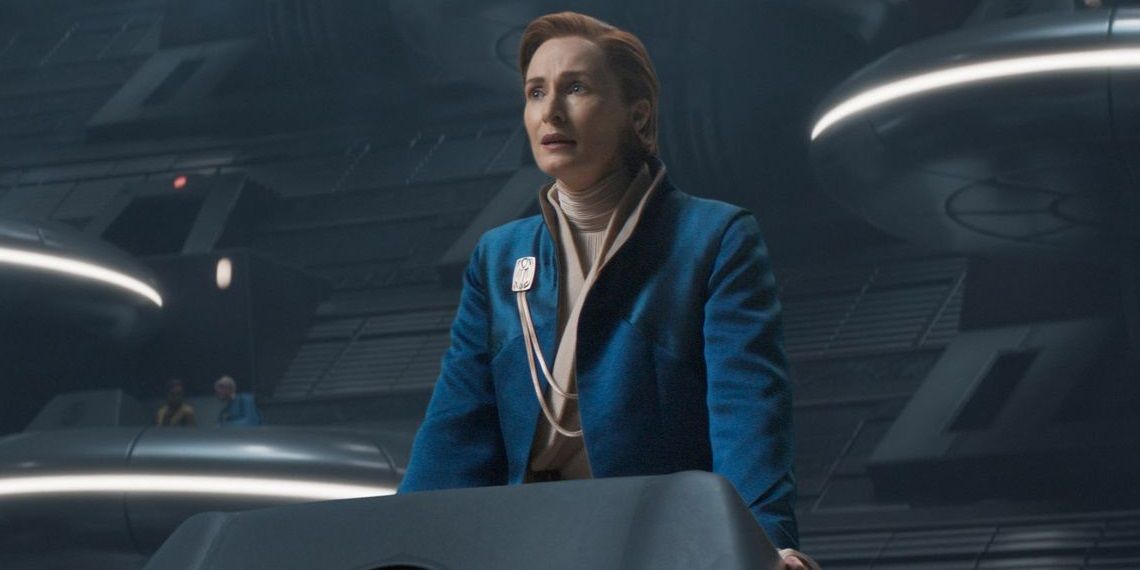
While Cassian’s story exuded the intrigue and mystery of spy thrillers, it was Mon Mothma’s arc over the season that showcased the political aspect of the growing Rebellion. She had initially appeared in Episode VI: Return of the Jedi for a single scene, and one line in particular, “many Bothans died to bring us this information,” is now widely remembered as a creative catalyst for Rogue One. However, in Andor, thanks to Genevieve O’Reilly’s outstanding work, Mon Mothma is a deeply complex, fascinating, and incredibly beloved character on par with Ahsoka Tano and Han Solo.
Her role in season one, especially in comparison to others like Perrin, Luthen, and Vel, helped demonstrate the variable perspectives on the cause. Specifically, her most enlightening moment came when she said, “I learned from Palpatine. I show you the stone in my hand, you miss the knife at your throat.” She might not be privy to Palpatine’s identity as the Sith Lord Darth Sidious, but she came to understand how he won, by hiding one’s truth and sacrificing those who could reveal it.
The True Menace Of The Empire
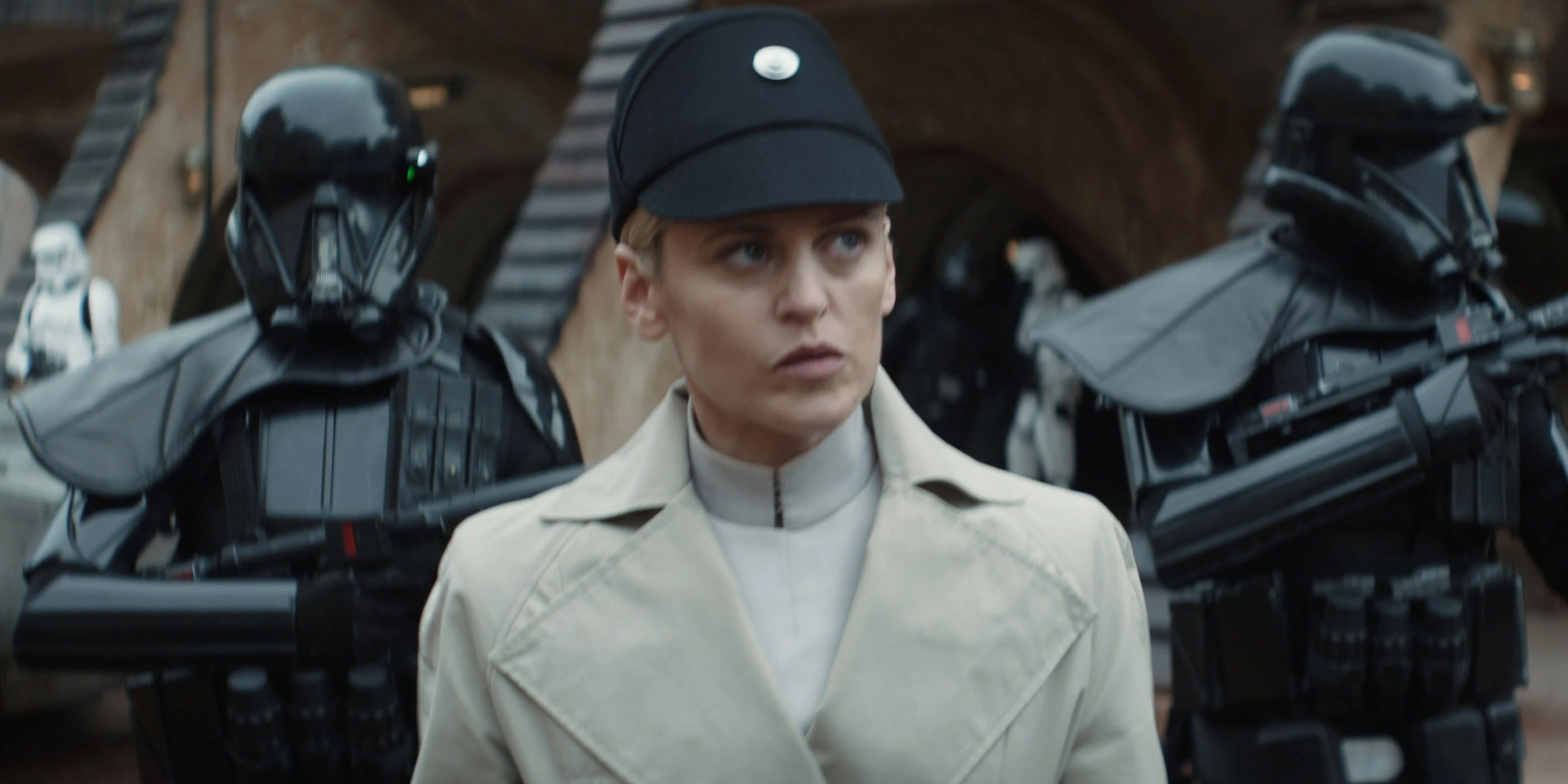
While the Empire was always dangerous with its planet-destroying weapons and various Sith Lords or Inquisitors, there was a serious shift in Andor. Before, stormtroopers, in particular, were bumbling and could rarely hit a target. Perhaps it comes with the lack of lightsabers and acrobatic Jedi, but the Empire seems more inherently frightening and menacing. There is a palpable unease and sense of dread even from a glimpse of a TIE fighter, and the stormtroopers’ blaster bolts have a strange heft and emotional weight to them.
This is all on best display with the character of Dedra Meero, and specifically during her interrogation of Bix. She is subjected to horrible torture – that hauntingly excites her torturer, Dr. Gorst – being forced to listen to the dying sounds of the former citizens of Dizon Fray. Not only does this showcase how truly horrifying the Empire is, but it also highlights Leia’s resilience and Force-aptitude. Though she isn’t presumably subjected to the same torture, she still stays strong and doesn’t break.
Organizational Turmoil
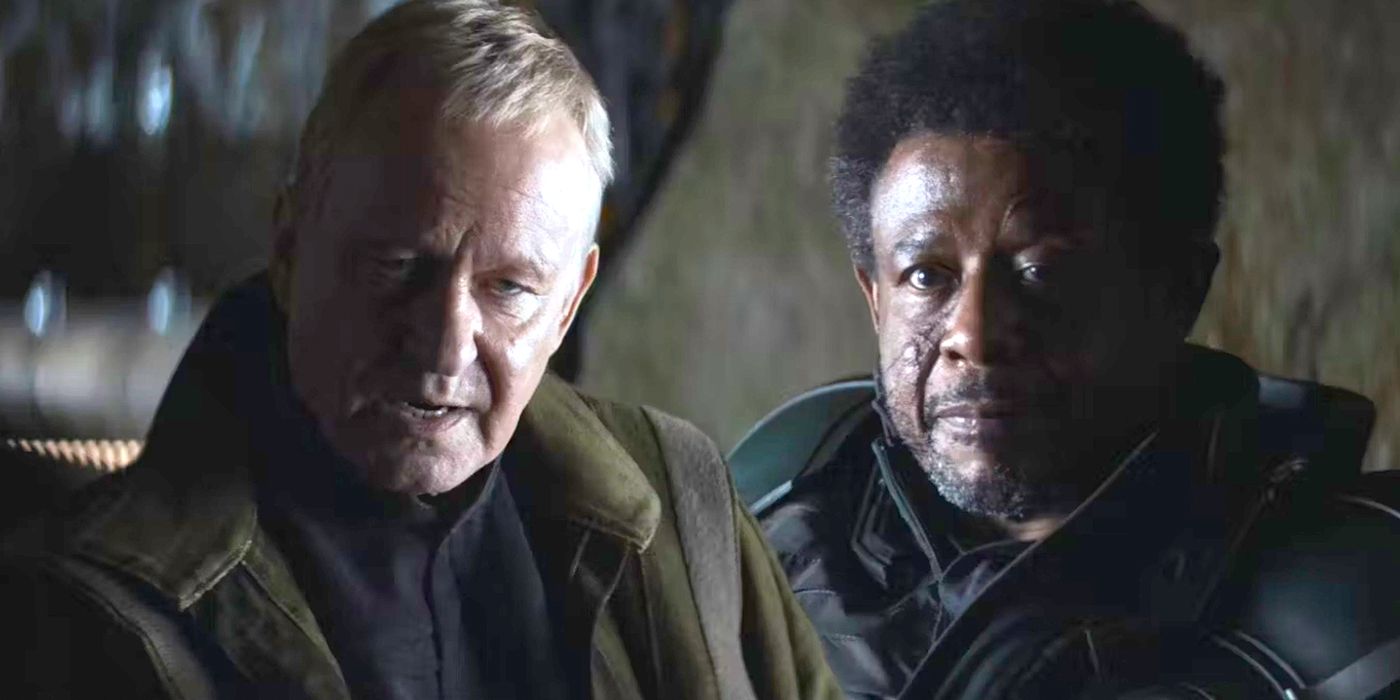
The original trilogy showcased both the Rebel Alliance and the Empire as fully united fronts with very little internal divergence. However, Andor builds off Rogue One by expanding upon the plethora of perspectives on both sides of the aisle. There is ambitious in-fighting on the Empire -best on display during the ISB meetings throughout Dedra’s arc. There have been disagreements before, but not people on the same side actively working to supplant others.
As for the Rebellion, this comes to play in nearly every interaction between every character on that side. From Luthen and Kleya’s incongruities about how to plan and who to trust to Vel’s group and their individual motivations during the heist on Aldahni, Andor provides realistic perspectives on the fight.
Vel And Cinta
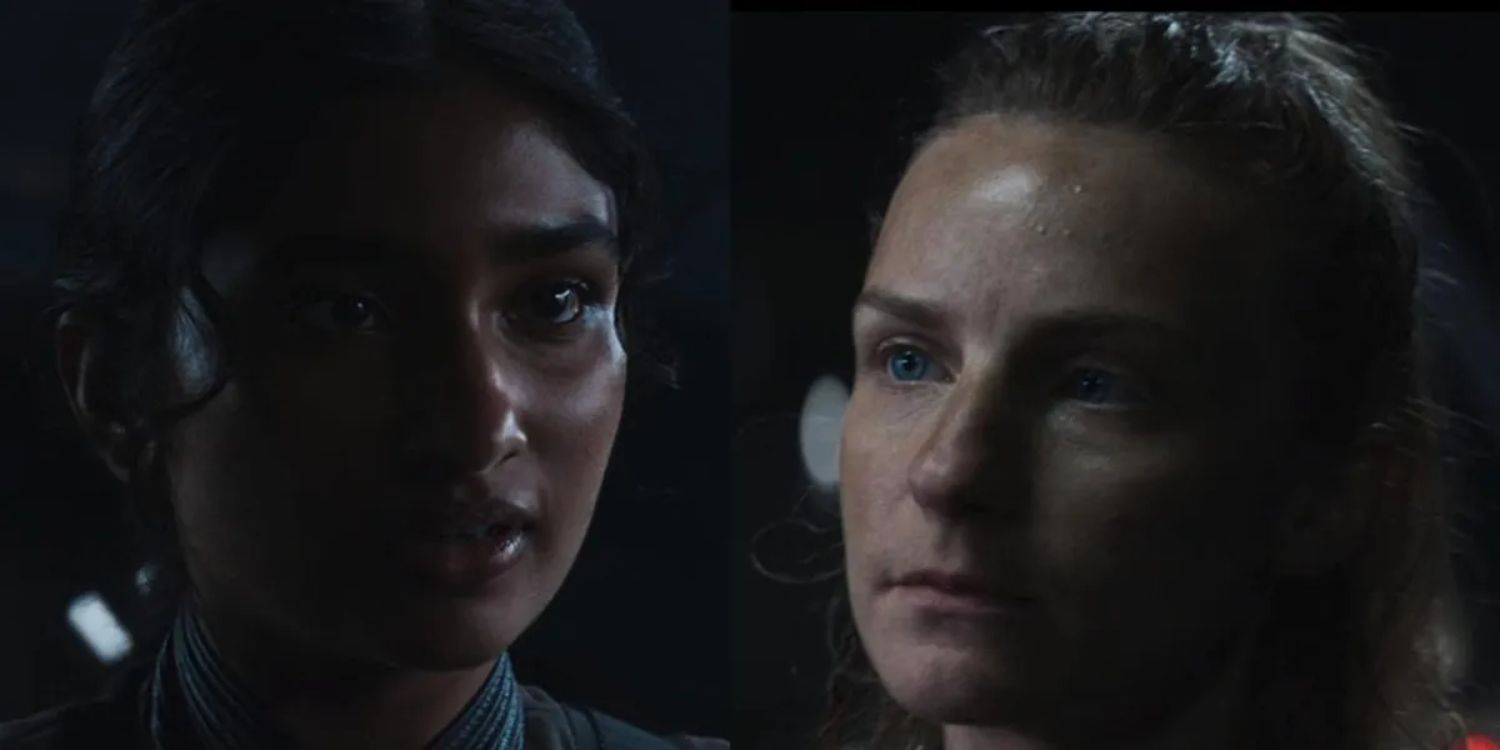
The relationship with Vel and Cinta is incredibly magnifying for the different types of people in the Rebel Alliance and their interworking. Importantly, they are in love, showcasing a deeper and more complex connection than what was previously shown in Episode IX: The Rise of Skywalker between two characters fans, unfortunately, don’t remember. It’s how their love interacts with their mission that is fascinating.
For Cinta, the rebellion will always take precedence, no matter how real and deep the feelings she has for Vel are. Vel, on the other hand, is still learning what her true relationship to the Rebellion is. Their relationship, and especially how their stories resolve in season two, is crucial in comparison to that of Leia and Han. They are given a far more hopeful characterization as that’s what best fits the story and their role in the rebellion.
B2EMO
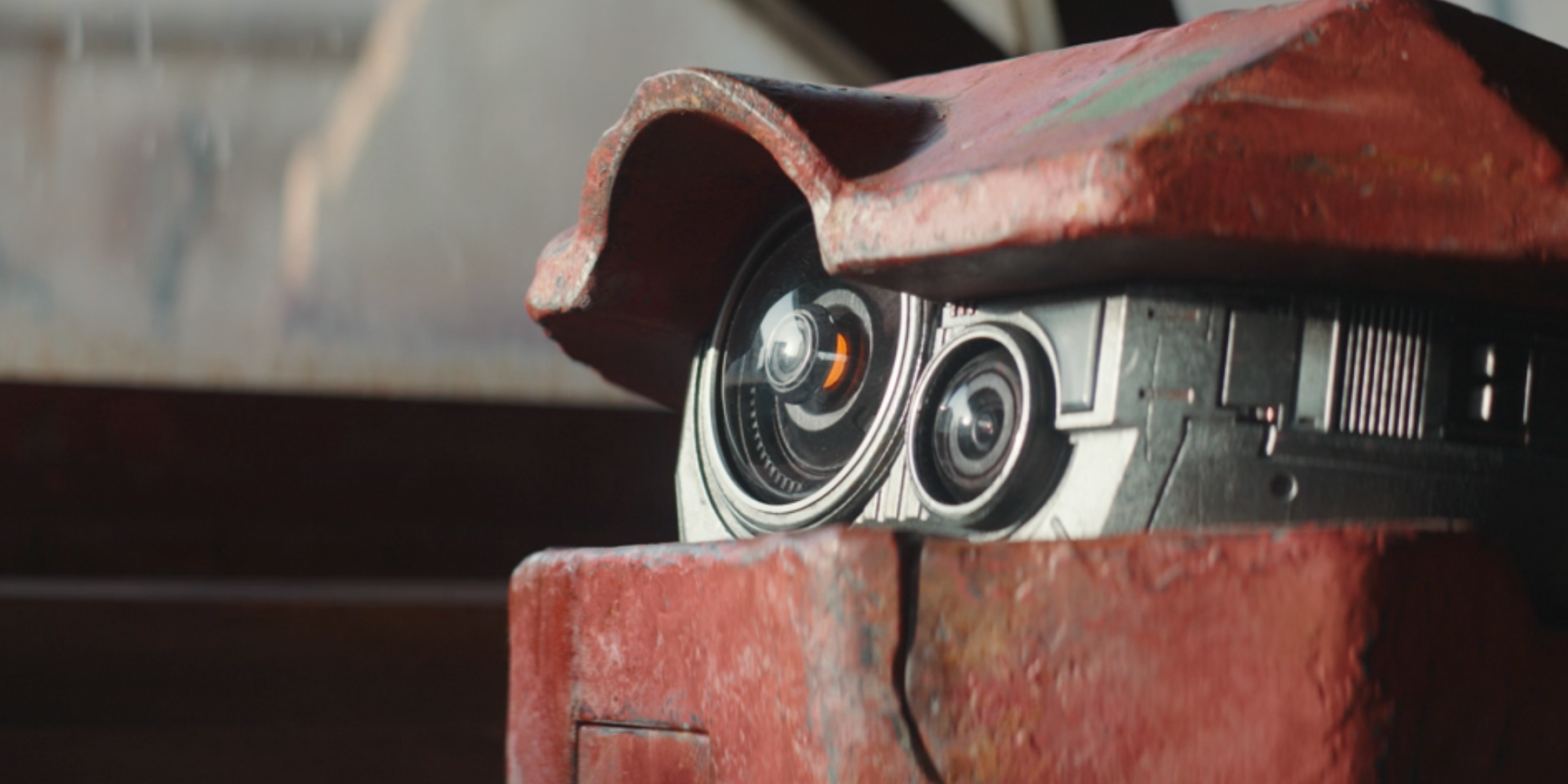
One thing fans hadn’t expected from Andor was meeting B2EMO, who might honestly take top billing from such favorites as R2-D2, BB-8, or K-2SO as the best droid in Star Wars. This is because it is an emotional character, unlike the rest, who have personalities, but they’re usually far feistier and bolder. His inclusion in Andor helps enhance the understanding of droid sentience in Star Wars.
Besides R2, C-3PO, BB-8, and a few others, it has become a bit of a trend for droids to be killed off. Take K-2 in Rogue One or L3-37 in Solo: A Star Wars Story, but Bee’s role in Andor has flipped that on its head. Bee is allowed to mourn along with the audience, revealing its deep potential for emotionality. This is the best example of how certain droids when given the chance can be so much more than computers, but true friends and even family.
Source:gamerant.com
